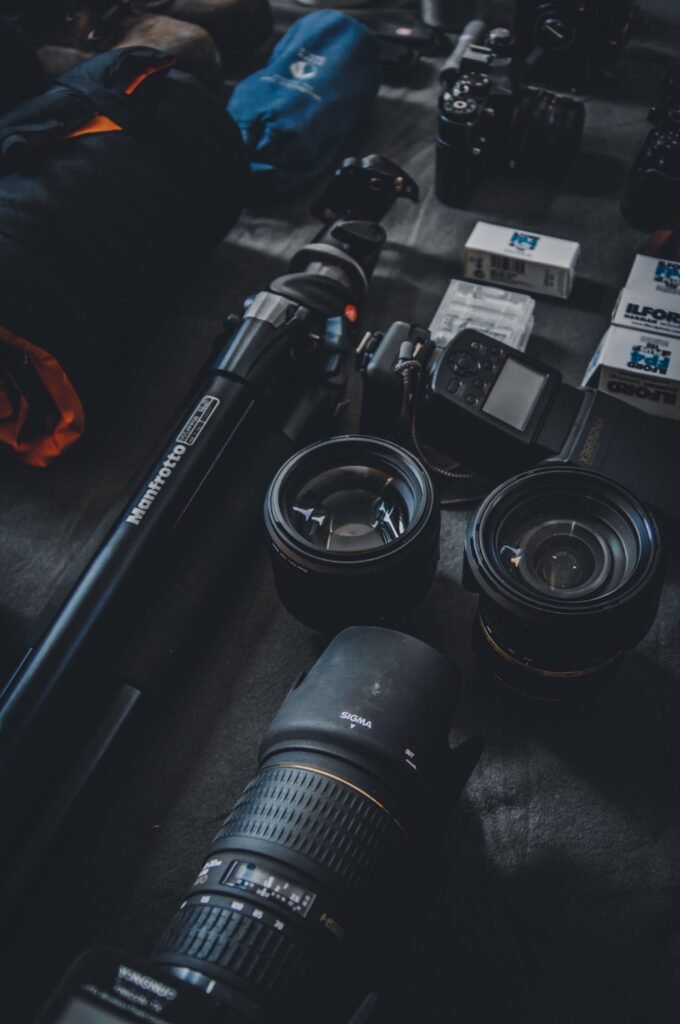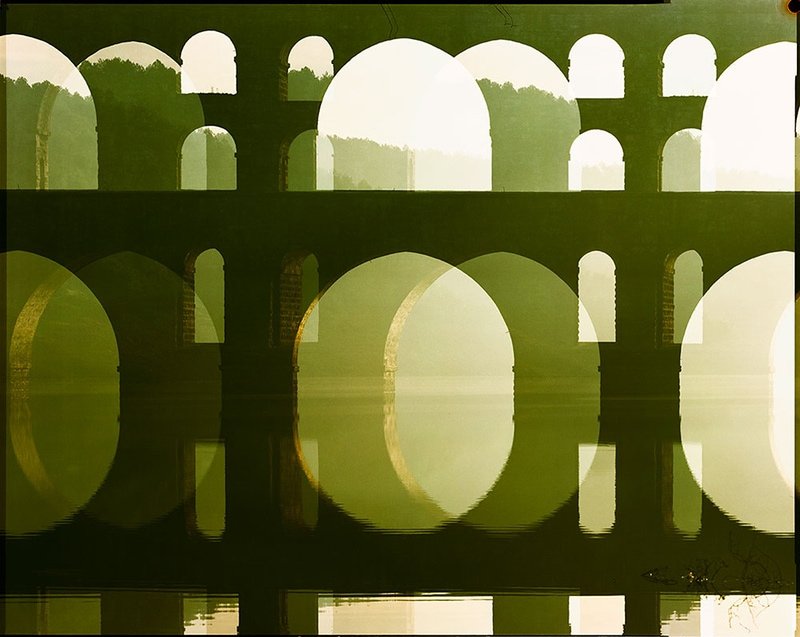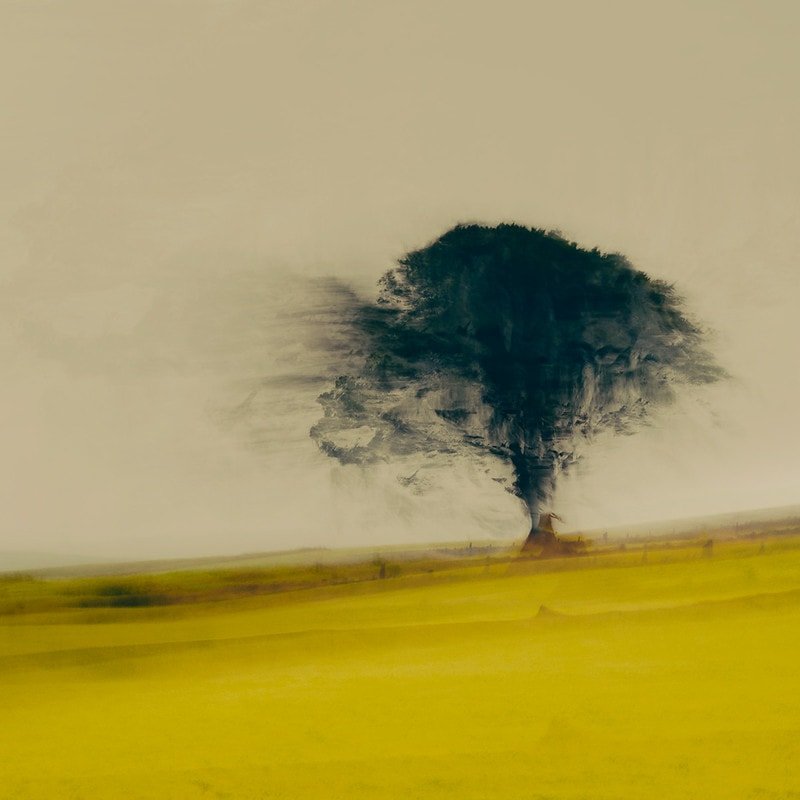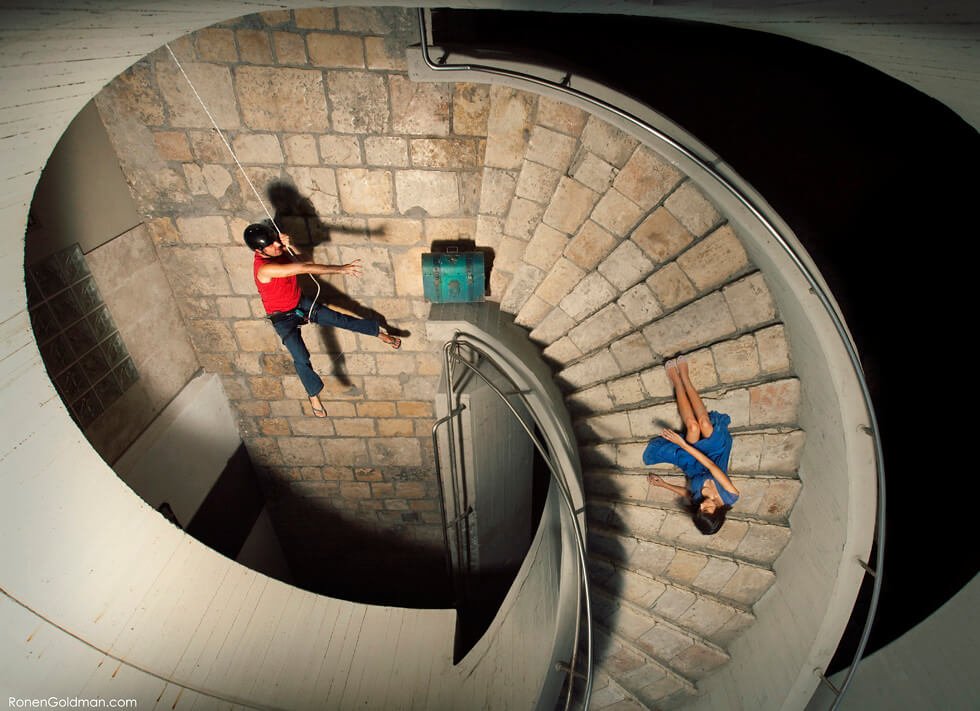Is photography considered an art?
According to Wikipedia, art is a “wide spectrum of human activities in making visual, aural, or performing artifacts, exhibiting the author’s inventive or technical talent, intended to be admired for their beauty or emotional power.”
You can already tell that photography is an art form from the definition given above. The goal to appreciate beauty and communicate feelings is the most important component in this situation, even though it may not call for a skill as labor-intensive as painting or sculpture.
Prior to discussing the attributes that distinguish photography as an art form, it is important to take into account how the interaction between the artist and the non-artist in terms of visual enjoyment.
The majority of people don’t really view themselves as creative and believe that having an artistic eye comes naturally to them. For the majority of us, possession is either present or absent; the matter is resolved.

You don’t need to be artistic, though, to appreciate art in your own eyes. Anyone can have an artistic eye. It is very much possible to develop an artist’s eyes with practice and the right tools.
Photography as an art form arose from advancements in technology which allowed photographers to manipulate their images to fit their artistic expression.
Photographers are able to drastically change the outcome of an image through choosing various cameras, lenses, film, and the framing and timing of a shot. Filters, studio lighting, various darkroom processes, and digital enhancement add even more tools for photographers to manipulate their images.

Other strong arguments that photography is more than just a craft include the following:
1. Photography requires imagination and creativity.
It’s common known that getting the ideal shot involves a variety of creative skills and a lot of imagination. Photographers are aware that they should record commonplace events and come up with creative ways to showcase them in spectacular still images.
2. Photography captures emotion.
The timing and anticipation of little elements of the key events are what set artistic photographs apart from conventional snapshots. Photographers with experience know that the strong emotions are hidden in these minute nuances. What matters most in a chaotic world are the quiet moments.

Some of the fleeting emotional moments that every photographer hopes to capture are the ideal grins, the calm before the storm, the water drops, and the glittering eyes just before the groom kisses the bride.
3. Photography required analytical skills
Every photographer acquires the technical abilities necessary to capture a perfect moment and keep it forever through years of practice. When shooting pictures, photographers must take into account shutter speeds, apertures, and other numerical factors, similar to how artists utilise various sets of brushes or materials.

Others that photographers should immediately address include the type of lens, filters, and depth of field. If not, the chance to get the photo is lost and might never come around again.
4. Photographers understand physics and abstraction.
Professional photographers are aware that they also need to have a working knowledge of lighting, angles, cameras, and optics. Every photographer will benefit greatly from making use of the science of photography.
This is comparable to the work of painters, sculptors, and other visual artists who are acutely aware of the factors that can influence the meaning they intend to portray through their creations.


Generally speaking, abstraction is a process where information is carefully but purposefully omitted, leaving photographs open to several interpretations. Understanding geometric forms, texture, lines, colour, and some other related components is also necessary for abstraction.
Anyone may develop their artistic eye, as was previously noted, and great photographers have improved with time at recognizing isolation and seeing beyond the initial perspective of the photographs.
“Photography is one of the most complex amalgamations of creativity, emotion, abstraction, analytical skills, motor skills, knowledge of physics and guts as well.”
Also –
It is plain to see that a carefully composed, exposed, focused, and captured image has inherent artistic value. Photography, as a medium, can shade reality with new context and meaning. Messages and symbolism can be conveyed through the presentation of a still image.

The juxtaposition of visual elements can take on new value when frozen in time as a photograph. All of the near-infinite photographic variables and possibilities make it clear that photography is artistic.
Reasons to not consider photography as an art form
One common stance against photography as art is that photography captures reality rather than creating a subjective reality, which is what “real art” does.
In light of this, can photography considered to be art? What kind of art is photography, then? The argument that dismisses photography as an art form is simple to refute.
The notion that photography can only record a moment in time is incredibly limiting to everything that makes photography art.

The same argument against photographers being considered artists for capturing truth also implies that capturing a moment in time that obviously depicts real life has no artistic value. Accepting this reasoning implies that street photographers’ work is not artistic.
Saying that capturing reality is not aesthetic in the debate over whether photography is an art form devalues the significant photographic work produced by people like war correspondents, which is not a positive position to adopt when taking historical context into account.
Conclusion
As a relatively new medium, photography is not one of the traditional seven forms of art but it is included in the broader definition of the visual arts. Within the visual arts, photography can be categorized as either fine art or commercial art. Many artists, such as Annie Lebovitz, work in both the fine and commercial art worlds.
Photography art is photographs that have been created to be seen as artworks. They have been developed specially for creative expression, not for a commercial brief. They are rare and collectible and can be exhibited like other forms of artwork.
Photography art differs from other forms of photography that serve educational, documentative or commercial purposes, such as selling products or documenting evidence or process.
Examples of non-artistic photography could include adverts, passport photos, photographic evidence, news photography, etc. Personal photography, such as selfies, everyday portraits, and family photos, are also not considered photography art.
However, portraiture can still feature in fine art photography. Some galleries even specialize in this type of fine art photography, such as London’s National Portrait Gallery.





